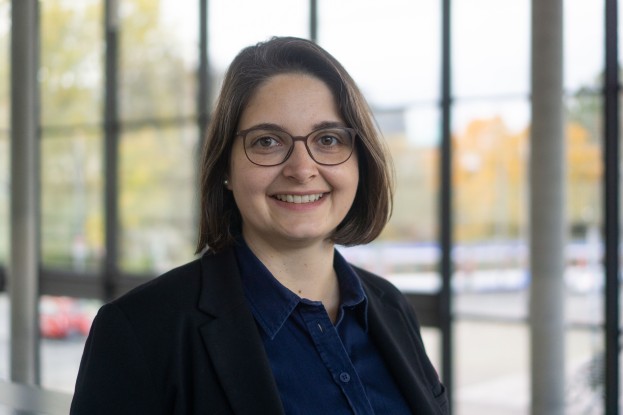Investigating Information Theoretic Bounds for Graph Selection
How many observations do we need to confidently map the connections in complex networks? Our research explores this essential question at the intersection of statistics and machine learning.
Graph structure learning underlies numerous applications—from social network analysis to biological systems mapping. Our project develops non-asymptotic bounds using information theory principles to determine the minimum sample requirements for accurate graph reconstruction.
We aim to bridge theoretical insights with practical applications, improving how we discover and understand the hidden structures that shape our interconnected world.
Project Focus Areas
- Theoretical analysis of sample complexity bounds for graph structure learning
- Implementation and validation of bounds using various graph ensembles
- Comparison of bounds derived using standard and improved Fano inequalities
- Extension of bounds to non-Gaussian distributions using variational approaches
- Development of practical guidelines for sample size requirements in graph learning applications
The Self-Organizing Systems Lab merges theoretical foundations with practical applications of machine learning and information theory. Our interdisciplinary team actively works toward publications, offering students an opportunity to engage with cutting-edge research at the intersection of graph theory, information theory, and machine learning.
Additional Information
| Supervisor |
Prof. Dr. techn. Heinz Koeppl, Philipp Fröhlich (M.Sc.) |
| Availability | Spring, Summer, and Fall 2025 |
| Capacity | 2 Students |
| Credits | 18 ECTS |
| Remote Option | Partially |



